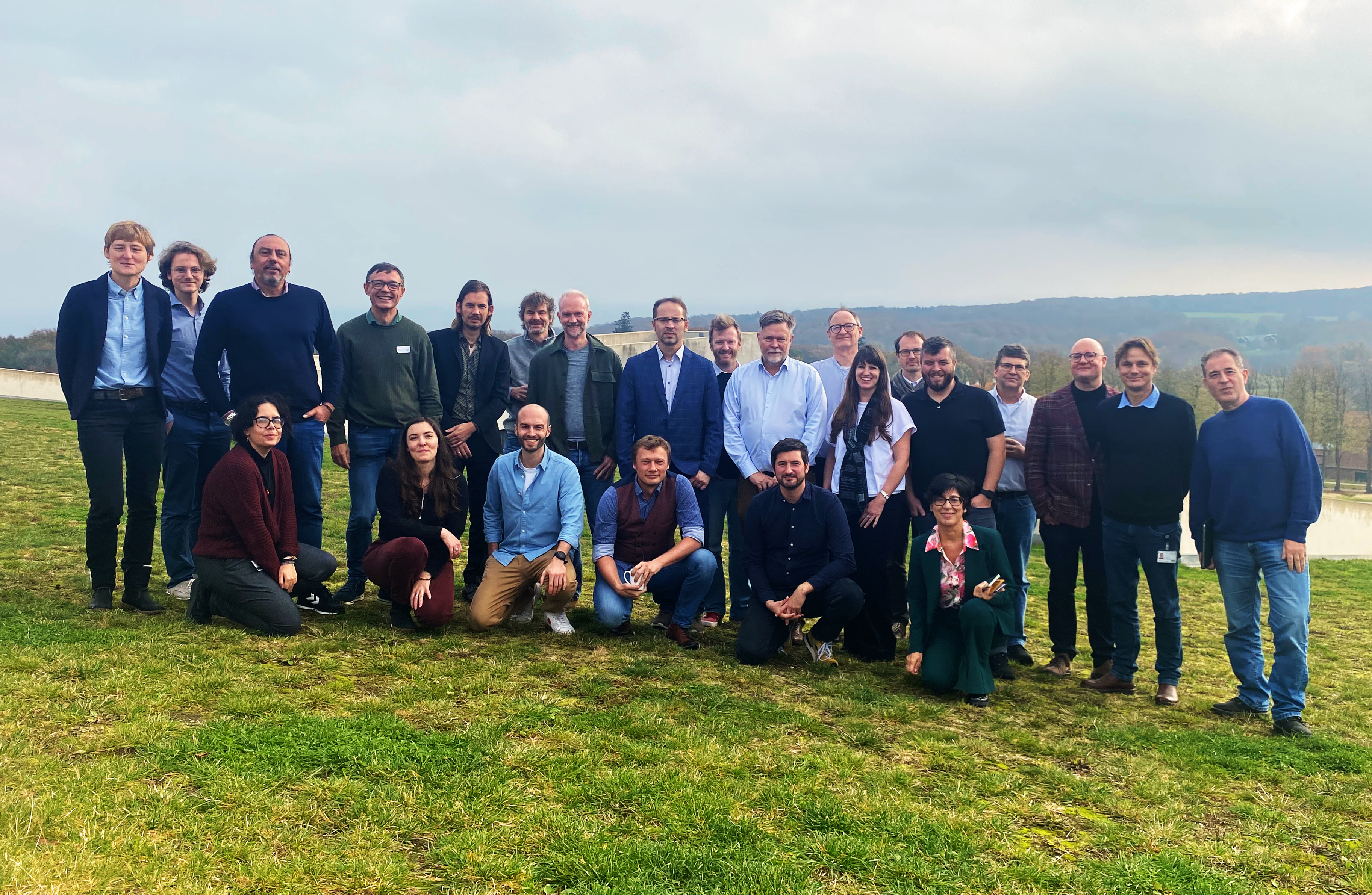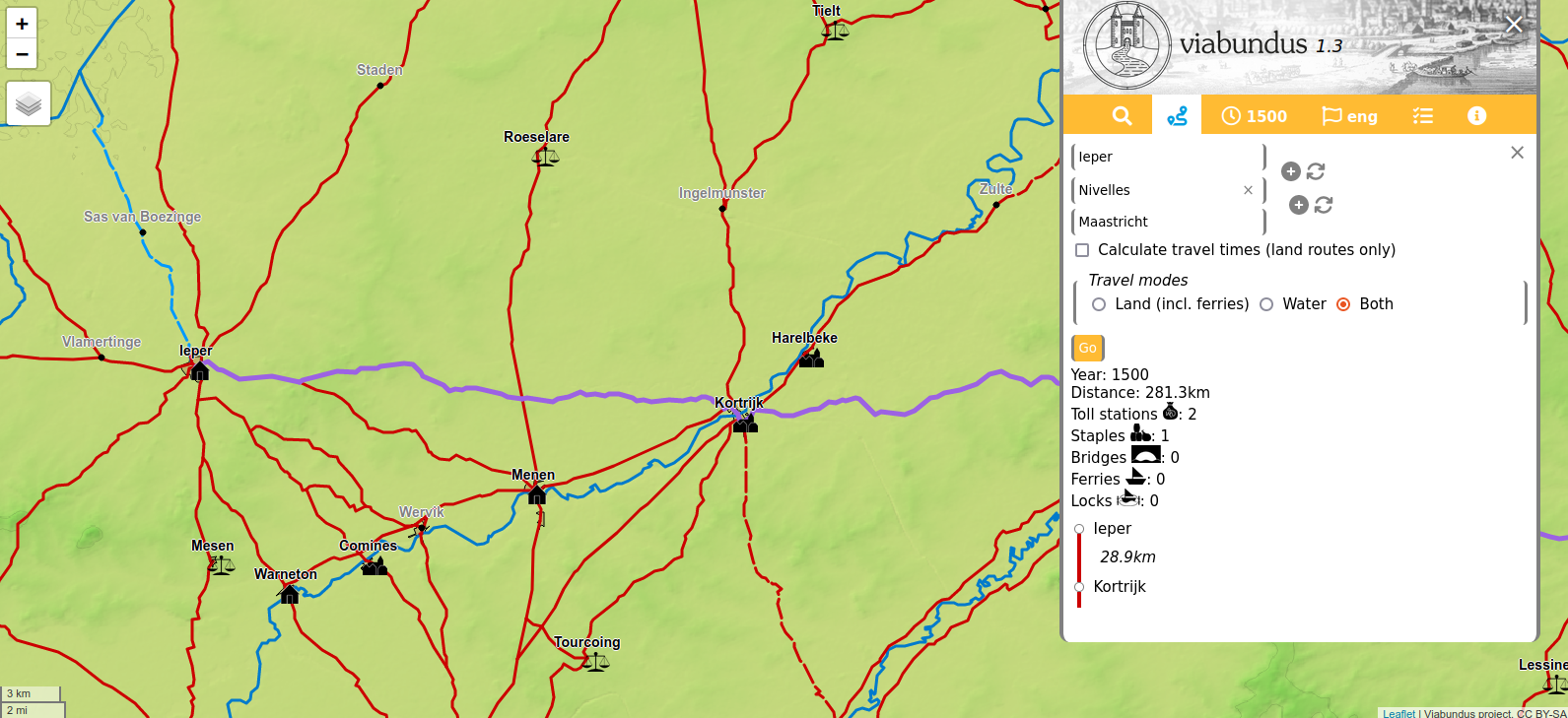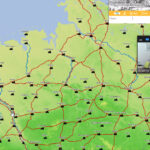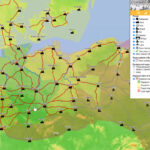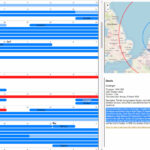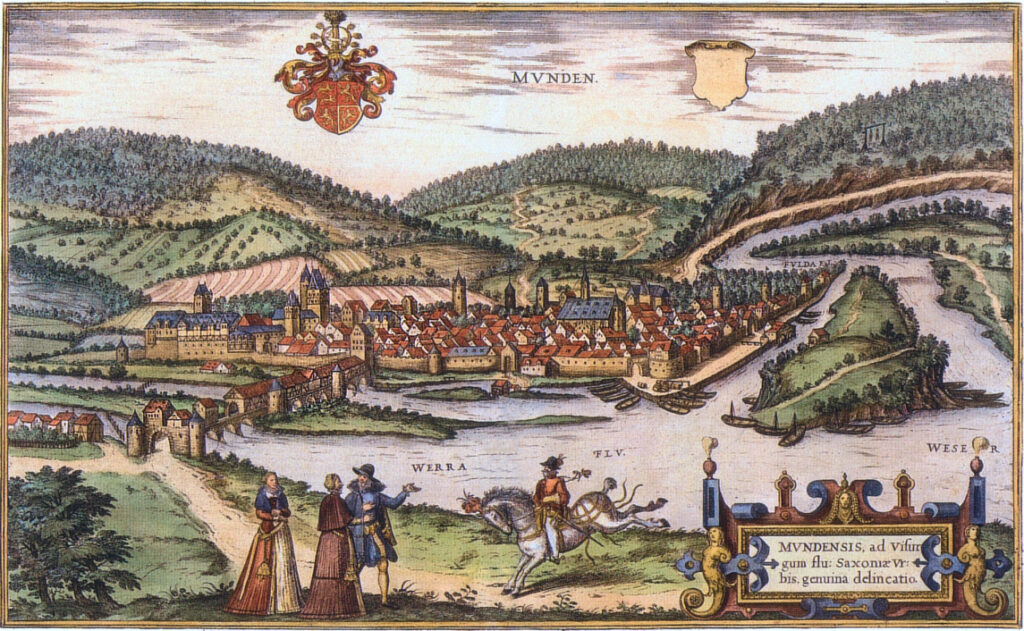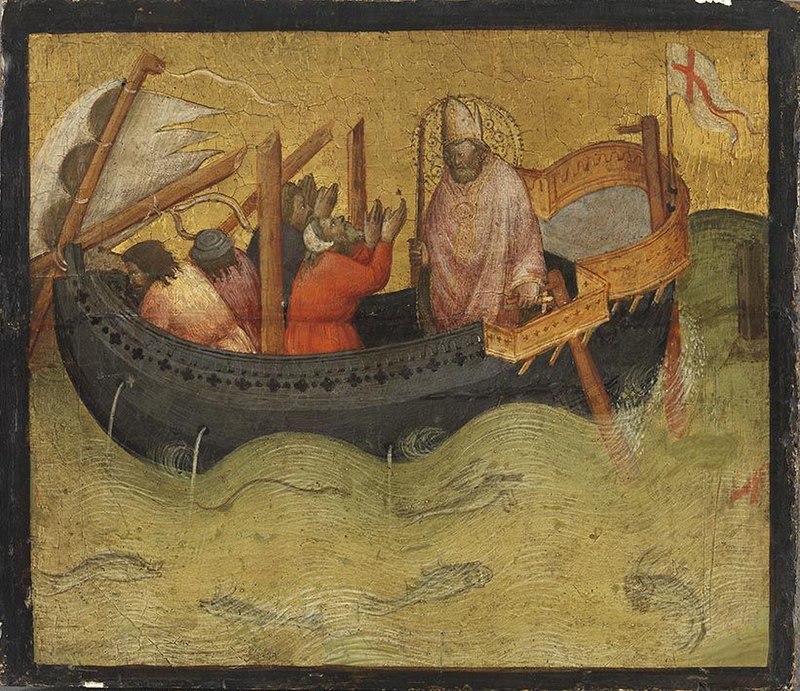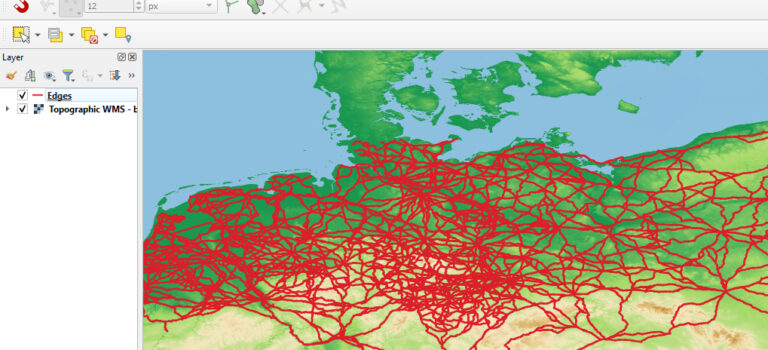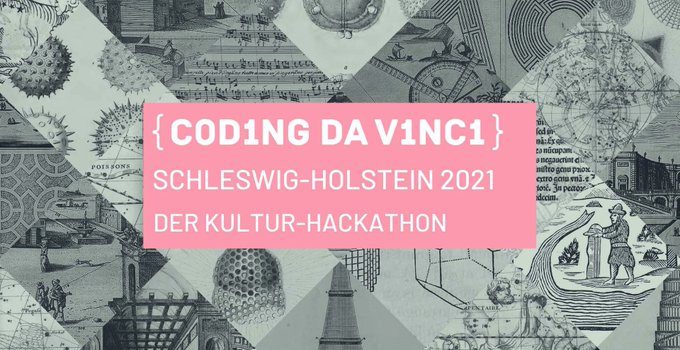Friday, 25. April 2025, 10-12h CEST
Viabundus celebrates the inclusion of of our partner Viabundus Finland‘s datset into the Viabundus map. Viabundus Finland 1350-1650 started as an independent subproject in 2022, funded by the Kone Foundation and led by Docent Tapio Salminen PhD from Tampere University. During three years of groundbreaking work, the Finnish team mapped historic roads, which crossed in an environment significantly different from the regions covered by Viabundus up to now. The Finnish dataset demanded some changes in the database itself, since medieval and early modern traffic in Finland was very seasonal, and different routes were used in summer and in winter. Think of frozen lakes opening up new roads or travelling on sledges through a forestry landscape. The seasonality of Nordic traffic evokes interesting questions about heavy transport and logistics, which can now be studied with the help of the database.

Hugo Simberg (1873-1917), Talvitie I, 1899
Join us for two hours packed with short presentations on the new features of Viabundus, the Finnish perspective and the Swedish data, that are currently in the making:
Time: Friday 25 April, 2025, 10.00–12.00 CEST (11.00–13.00 EET)
10:00 Opening (Niels Petersen)
> What’s new? Viabundus 2.0 updates (Bart Holterman)
10:30 Everything on the inclusion of the Finnish data
> Overview on the Viabundus Finland project (Tapio Salminen)
> Roads (Katrina Virtanen)
> Inns (Jenni Lares)
> Fairs, towns and other nodes (Tapio Salminen)
11:30 Outlook and Q&A
> The new Viabundus Sweden project (Johan Åhlfeldt)
> Q&A, Volunteers, Use Cases, Support, collaborations
12:00 End
Place: Zoom, register here for the link no later than Wed 23 Apr
https://forms.office.com/e/272Rb33dR8
